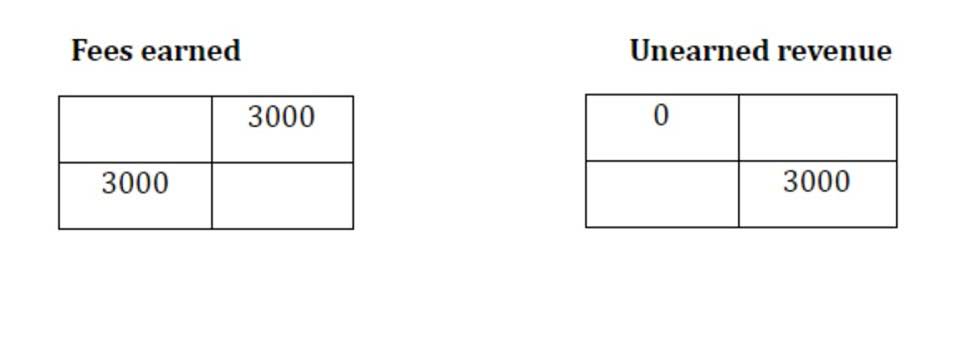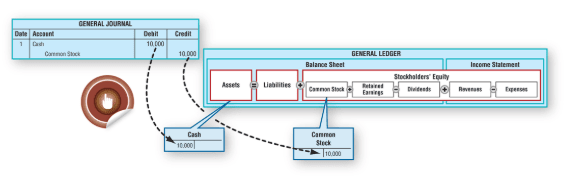
Incremental cost, often referred to as “marginal cost,” represents the change in total cost resulting from producing one additional unit of a product or service. It’s the cost incurred beyond the status quo—a shift from the familiar to the slightly altered. This concept of incremental cost of capital is useful while identifying costs that are to be minimized or controlled and also the level of production that can generate revenue more than return. The moment one extra unit produced does not generate the required return, the business needs to modify its production process. Let’s say, as an example, that a company is considering increasing its production of goods but needs to understand the incremental costs involved.

Incremental Cost of Capital: Definition, Overview & Example
While incremental costing is a valuable tool for estimating additional costs, it is crucial to be aware of its limitations and considerations. By acknowledging these factors and incorporating them into the cost analysis, businesses can make more informed Bakery Accounting decisions and improve the accuracy of their cost estimations. Remember, incremental costs are context-specific, and thorough analysis ensures informed decision-making. Whether you’re optimizing business processes, designing public policies, or improving patient care, understanding incremental costs empowers you to navigate complex choices effectively. In summary, understanding incremental cost empowers decision-makers to weigh options effectively, optimize resource allocation, and enhance overall efficiency.
Manufacturing vs. Outsourcing
- From this example, you can observe not all increase in production capacity leads to a higher net income.
- From a financial perspective, incorporating incremental cost enables businesses to evaluate the cost-effectiveness of various options.
- Incremental cost is the total cost incurred due to an additional unit of product being produced.
- By incorporating incremental cost analysis, the company can assess the additional expenses involved in increasing production and compare them with the expected increase in revenue.
- Add up all the production and direct labor costs involved with your base volume.
- Incremental cost refers to the change in total cost resulting from a specific decision or action.
Alternatively, once incremental costs exceed incremental revenue for a unit, the company takes a loss for each item fixed assets produced. Therefore, knowing the incremental cost of additional units of production and comparing it to the selling price of these goods assists in meeting profit goals. Fixed costs, also known as overhead costs, remain constant regardless of the level of production or activity. Unlike variable costs that fluctuate with changes in output, fixed costs persist even when production volumes vary. These costs are incurred to maintain the business’s basic operations and infrastructure, regardless of whether the company produces one unit or a million.

Incremental cost: How to calculate and use it for decision making
- If this is the case, then the decision maker would prefer intervention D.
- Remember, comparing benefits and costs is not a one-size-fits-all approach.
- Whether you’re deciding to buy a car, renovate your home, or pursue higher education, understanding the additional costs involved is essential.
- By acknowledging these limitations, we can make more informed choices in the complex landscape of business decisions.
- Although Pebble is sure of making it big, they need to calculate the incremental revenue once launched.
- Such companies are said to have economies of scale, whereby there is some scope available to optimize the utility of production.
When outcomes are measured in QALY’s, the ratio may be compared to the ratios of other innovations (if standard methods have been employed). Knowledge of the incremental cost-effectiveness of interventions that have been approved can be helpful. Historically, it has been observed that the U.S. healthcare system adopts treatments that cost less than $50,000 per quality-adjusted life incremental cost year (Owens, 1998). The criteria for judging cost-effectiveness are different in different healthcare systems and in different countries. Cameron, Ubels, and Norström (2018) describes some prominent approaches to setting cost-effectiveness thresholds across different countries. These discount coupons and retargeting efforts are the results of incremental revenue.


From a financial perspective, incorporating incremental cost enables businesses to evaluate the cost-effectiveness of various options. It helps in identifying the additional expenses incurred when producing or offering more units of a product or service. By understanding the incremental cost, businesses can determine the optimal quantity to produce or the most profitable pricing strategy. Incorporating incremental cost in business strategies can bring numerous benefits and enhance decision-making processes. By considering incremental cost, businesses can gain valuable insights into the true cost of producing additional units or implementing new projects.
Unlocking Potential: How In-Person Tutoring Can Help Your Child Thrive
It is crucial for businesses to be able to accurately calculate incremental cost in order to make informed decisions about pricing, production, and resource allocation. In this Excel tutorial, we will explore how to effectively calculate incremental cost using spreadsheet software. From a financial perspective, incremental cost helps organizations determine the additional expenses incurred when increasing production or expanding operations. By analyzing the incremental cost, businesses can make informed decisions about pricing strategies, resource allocation, and overall profitability. From a financial perspective, analyzing the output or activity level helps in calculating the incremental cost, which is the additional cost incurred when the output or activity level is increased.
As seen in Case 2, incremental cost increased significantly by $55,000 to produce 5,000 more units of tobacco. This happens in the real world as prices of raw materials change depending on the quantity bought from suppliers. Incremental costs are additional expenses a business spends to expand production. It is the total amount of money paid for producing an additional unit of a product.